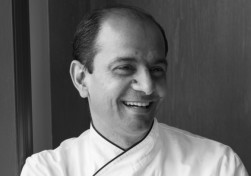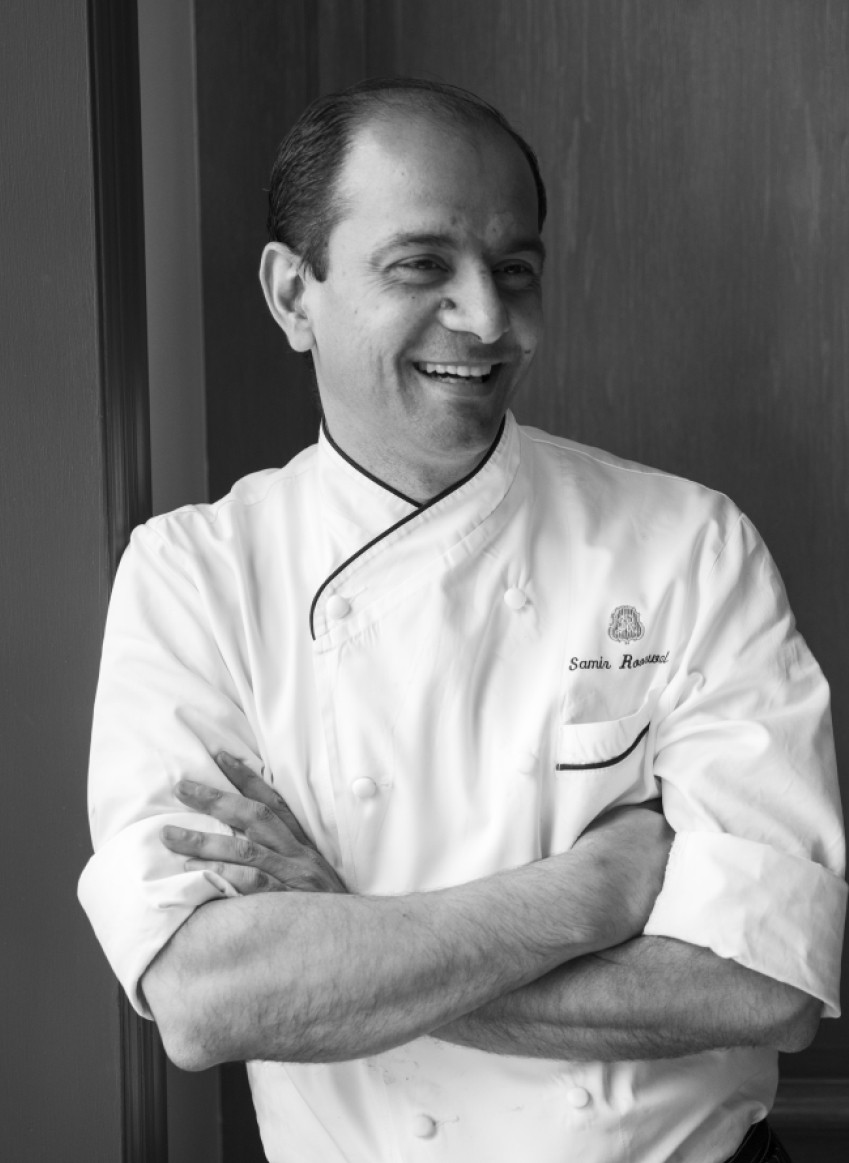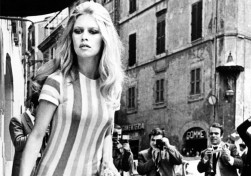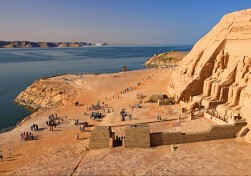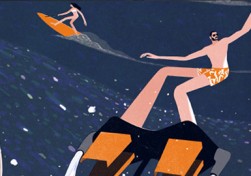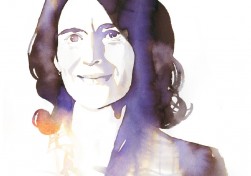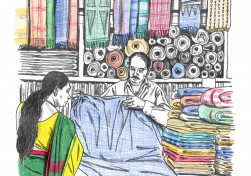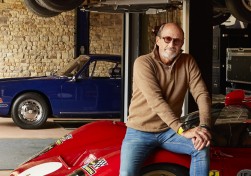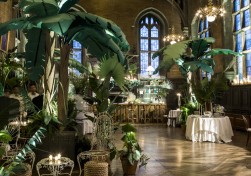With over 30 years’ gastronomic experience, Indian-born chef Samir Roonwal has cooked around the globe, from Dubai to Canada. Now, he’s heading up food and drink at The St. Regis Aspen Resort and preparing to launch an exciting new restaurant there this autumn, bringing his passion for outstanding local produce to the menu. Oh, and perfect gnocchi...
What was the first dish you cooked as a child?
Pancakes with chocolate chips. I remember I kept on adding more and more chocolate chips until they were basically all chocolate and no batter! From then on I had them for breakfast every day.
Did you cook a lot growing up?
Never. I was kept away from the kitchen as much as possible, but I used to peek in. Once a year I’d be allowed in to bake cakes and make a mess, but when mom had guests over she’d stay in the kitchen for days at a time preparing everything. She was awesome – I think I got my sense of taste from her.
Do you let your sons (aged 6 and 8) in the kitchen now?
Yes, but mostly I cook for them. They have traveled the world with me and their demands are crazy – takoyaki, Oreo shakes… We hardly spend any time together as a family, but whenever I’m home we have dinner. I’ll make something simple – usually ramen with greens and a nice broth – and we’ll discuss what they’re doing at school, who’s studying what, who has been in trouble… I think it’s crucial.
Do you often cook Asian food?
Absolutely – I think it’s the most intelligent cuisine. In Vietnamese and Japanese cuisine particularly, they use so few ingredients, and yet the flavors of the dishes are so intense. I’m a huge fan of Middle Eastern cooking as well. When I moved to Dubai I was amazed to discover how much variety there is there. I found a new love for spices: sumac, ras el hanout and raw za’atar leaves, which give a completely different taste from the powdered form.
Where do you find inspiration for new recipes?
If you’d asked me 20 years ago I would have named another chef, but experience has taught me that inspiration is in your backyard. It’s all about going out and meeting local vendors and producers – after all, what’s the point in making incredible menus with ingredients you can’t get locally?
How would you describe the food at your new restaurant?
It’s going to be “Modern Mountain” cuisine, so a lot of game and roasted dishes, with cured and smoked meats too. Menus will use Colorado’s finest ingredients. For example, we have brilliant venison and elk here, and the delicious Colorado bass. There will also be a great new bar, stocking regional whiskeys and bourbons, and we have a coffee bar opening as well.
How will it be different from your usual style?
People tend to think that because I’m Indian I cook Indian cuisine, but actually I steer away from it – although a love of spice will always be in my blood. I like my menus to take you on a journey around the world, including the greatest hits from the Mediterranean, Asia and the Middle East.
What’s the biggest challenge you’ve faced in your own career?
Two years ago a sheikh from Abu Dhabi came to me one afternoon and told me he wanted to host a Ramadan feast for 10,000 people... that evening. We had every waiter, every purchasing guy, every single member of staff running around town trying to find lamb and rice. To this day I’m still amazed we managed to pull that one off.
And the hardest thing to cook?
Gnocchi. If you don’t beat the dough properly or poach them right, they become very glutinous. Our chefs train for days until they can do it brilliantly. Octopus is also something I used to really struggle with as a young chef, but I’ve finally perfected it – it’s my absolute favorite bar snack at The St. Regis Aspen Resort, and a personal triumph for me.
Your address: The St. Regis Aspen Resort
